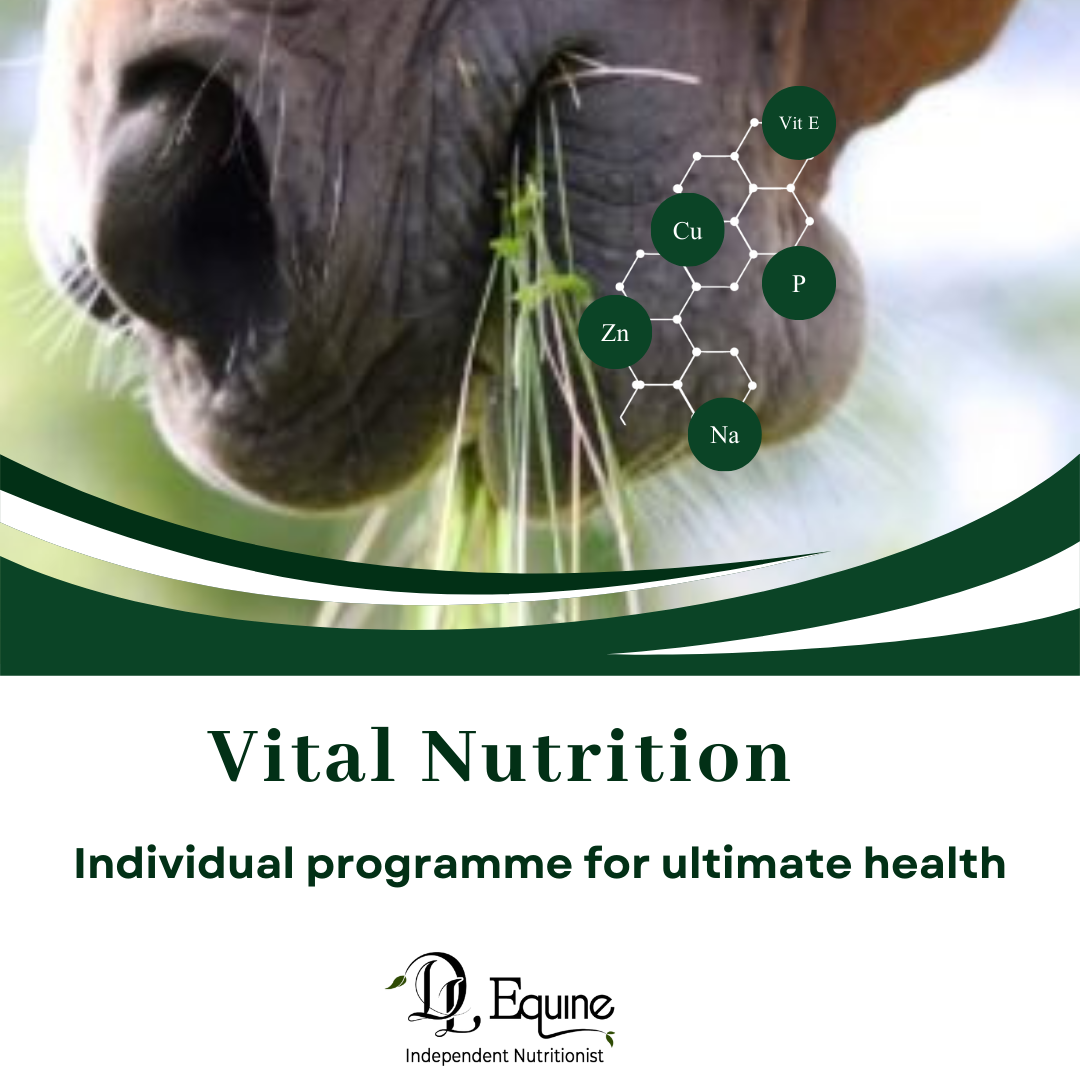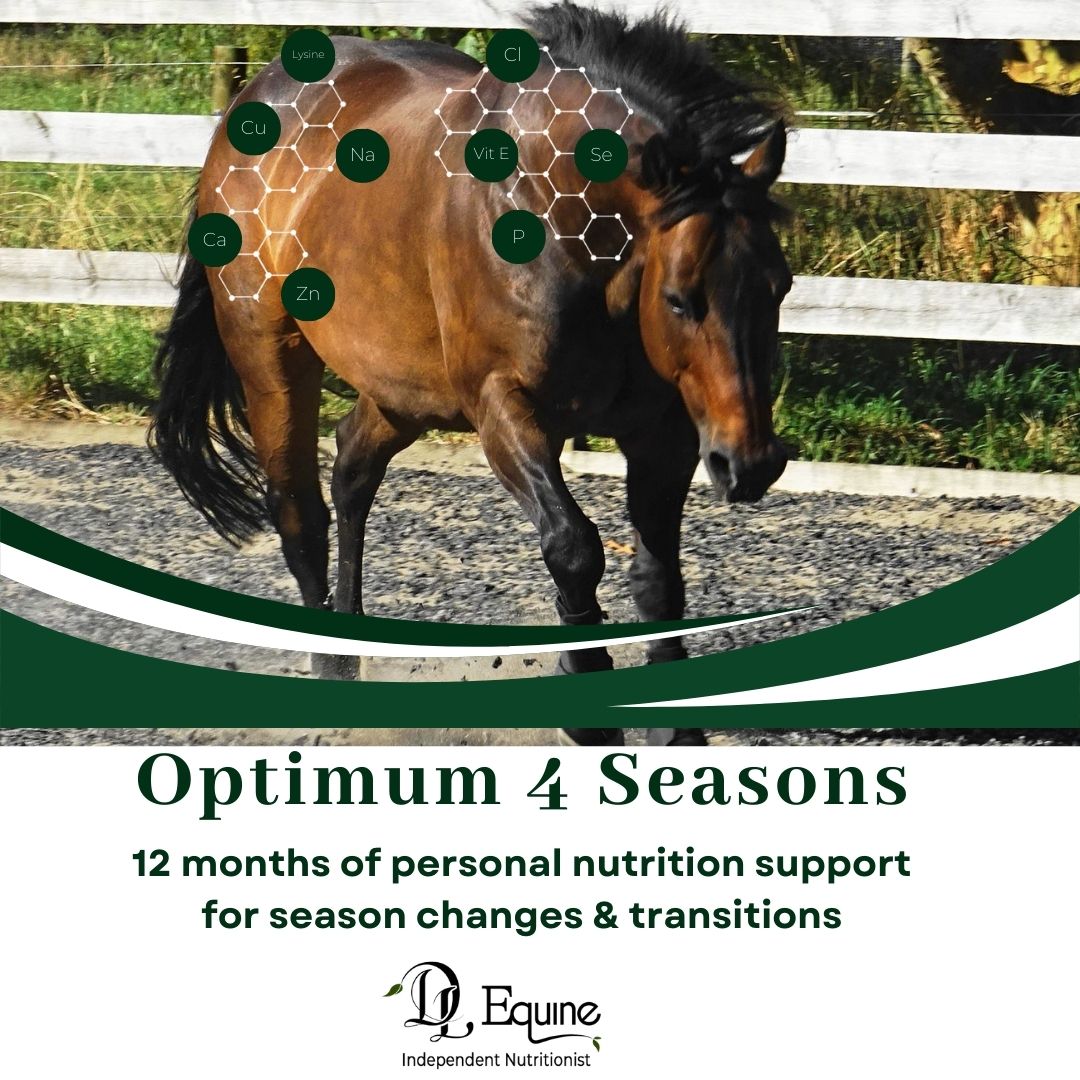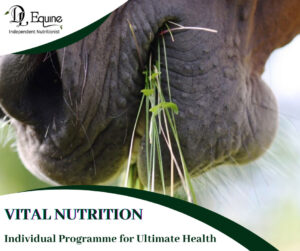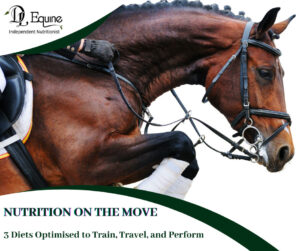It depends…
Do you have an underweight horse?
How much exercise are they getting?
What underlying health issues do they have?
Unless you are riding at a medium to high intensity then it maybe not a good idea for your horse. Even at that high level of work you must be careful of the amounts given and your feed timing.
Here’s why:
Over 70% of your horse’s digestible energy, that’s calories in plain speak, (fuel for body functions and exercise) comes from the products produced by the hind gut microbes.
What do the hind gut microbes eat? Fibre basically, they FERMENT it.
Think of those hind gut microbes as the fire that your horse needs to keep stocked to keep running their house (body) to be in good condition (weight) and keep warm (body heat).
Then think of that fibre in grass, hay, chaff and otherfibre products as the wood logs that you put on that fire to keep it burning!
So the more fibre you can get into your horse the more effective (and safer way) your horse can breakdown that feed to put on weight and maintain it. After you have provided for as much fibre as possible should you then look at other sources that help maintain weight such as fats and higher protein sources.
Handy note here, the horse will not use protein as an energy source unless it’s a last resort, it’s a fairly inefficient process for the horse in terms of making energy.
Great sources of fibre are of course hay and chaff. Grasses such as lucerne are NOT always bad, lucerne is energy dense, with actually little starch. Far less starch than a grain!
Then you have your super fibres such as sugar beet pulp, soybean hulls and lupin hulls. Sugar beet pulp has almost the same amount of energy as oats but very little in terms of starch so its fantastic source for fibre to fuel those hind gut microbes.
Another handy hint here, beet pulp is actually considered to be a prebiotic, meaning it acts as a great source of food for those hind gut microbes, promoting their health and numbers! Again happy gut, happy horse!
Back to grains:
Grains can contain a lot of energy. They also contain a lot of starch.
This starch should be digested in the foregut. You should never feed so much in a meal that it overwhelms the foregut and flows thru to the hind gut.
Because those tricky hind gut microbes aren’t designed to breakdown starch and they get overcome, causing a decrease in numbers and die off as the acidic environment in that hind gut kills them.
Then what happens is those microbes in charge of producing Vitamin B1 (Thiamine), which stimulates appetite, die off. Vitamin B1, is required by key enzymes involved in carbohydrate metabolism which are important for getting energy from sugar.
This means your horse can also lose their appetite for forage and the situation just gets worse. No matter how much grain you feed,the horse will probably lose more weight.
Result = unhappy gut, hind gut acidosis colic, loose poop, laminitis, unhappy horse and unhappy bank account, unhappy owner!
For those interested in the scientific reason = the starch molecules found in grains are complex polysaccharides. These are attacked by the enzyme amylase in the small intestine. They are broken down by enzymes (not fermented) to very simple sugars, which are easily absorbed into the bloodstream. From there, the sugars in the blood are distributed to where they may be needed by the body forenergy or they may be stored as muscle glycogen or adipose tissue for future use.
The limiting factor to starch digestion in the horse is the production of amylase. Without adequate amylase inthe intestinal tract, much of the starch in the diet passes through to the large intestine where it is fermented. During this fermentation process a compound called thiaminase is produced. Thiaminase destroys any vitamin B1 in the hindgut before it can be absorbed by the horse ultimately resulting in a vitamin B1 deficiency and a loss of appetite.
Along with that this fermentation of starch in the hindgut produces much less energy than if digested by enzymes in the foregut. Plus, excessive fermentation of starch drops the pH of the hindgut, (as above) which then again will decrease the efficiency of those fermenting bacteria that digest fibre and produce energy.
Now if you do have a horse in higher intensity exercise and need more weight and condition you may actually need grain on top of all that fibre and fat and protein to maintain condition.
In this case you should always feed extruded or micronized grains,these allow greater access for those enzymes in the foregut to attack that starch source and break it down and use it, rather than it flowing over into the hind gut. To prevent this occurring Never feed more than 1g of starch per kg body weight per meal.
Conclusion for horses needing weight gain;
Feed good quality sources of fibre.
Feed more super fibres.
Feed fats (oils).
Feed protein.
Feed small amounts of extruded or micronized grains ifnecessary.
Read your feed labels!






